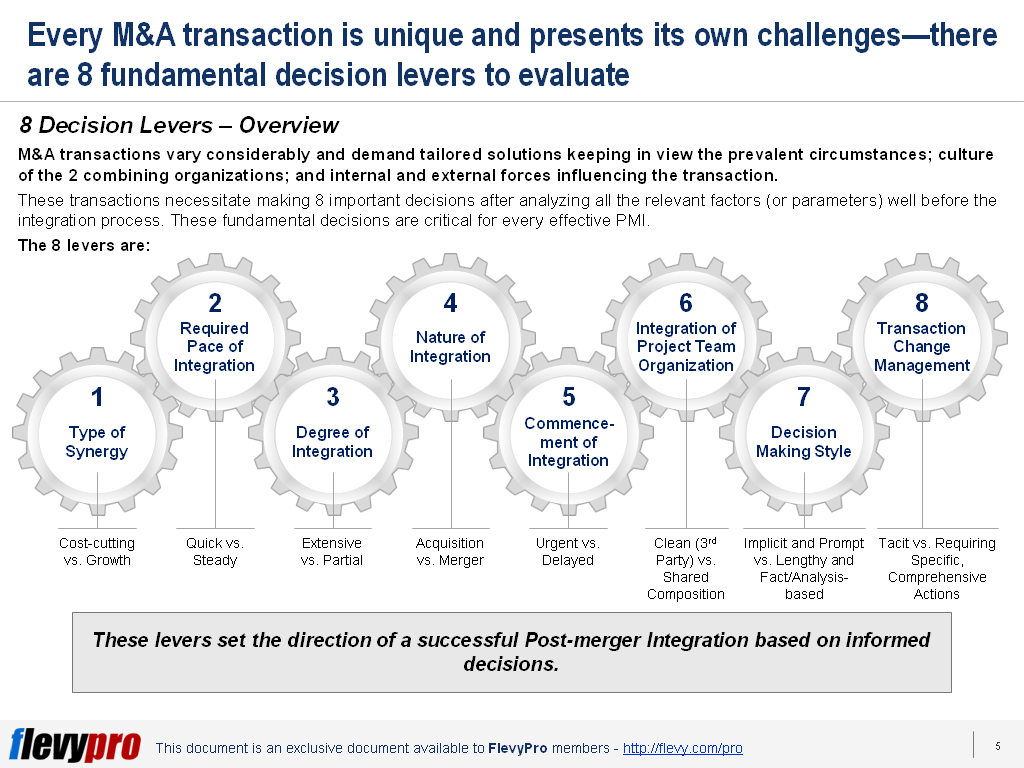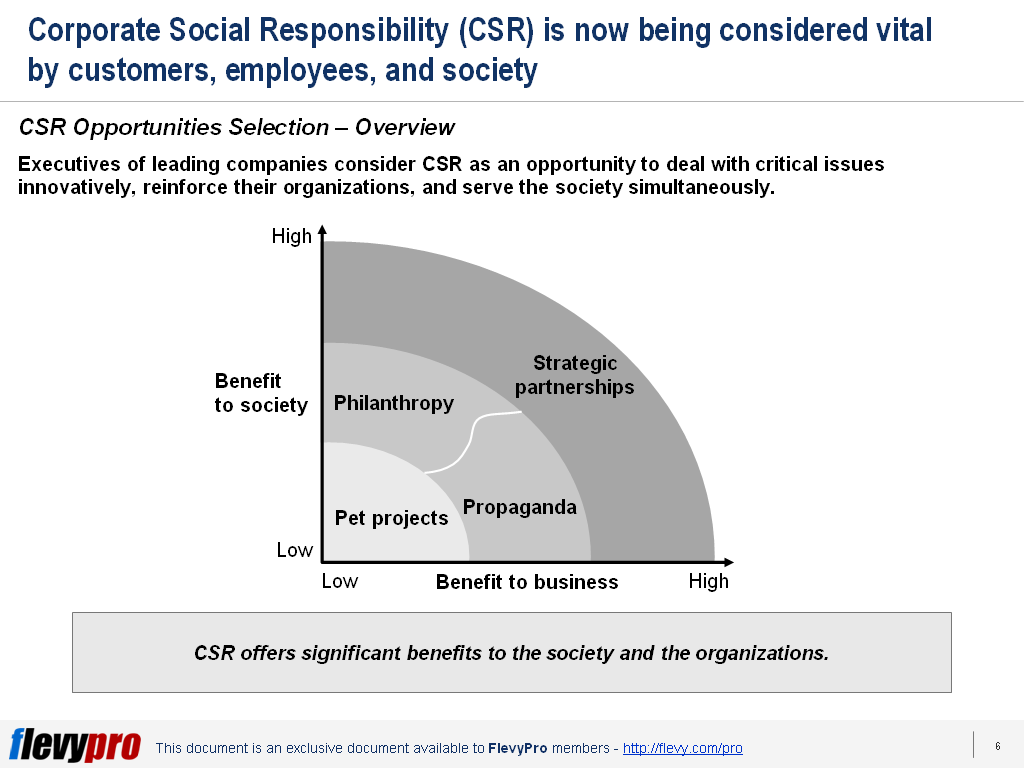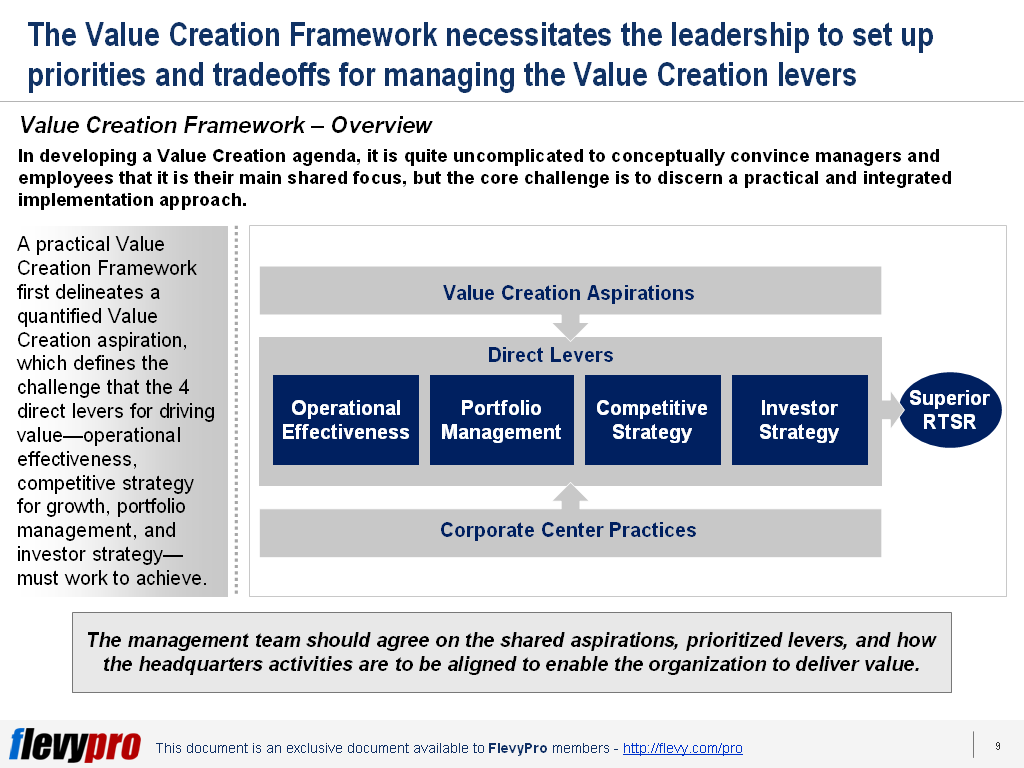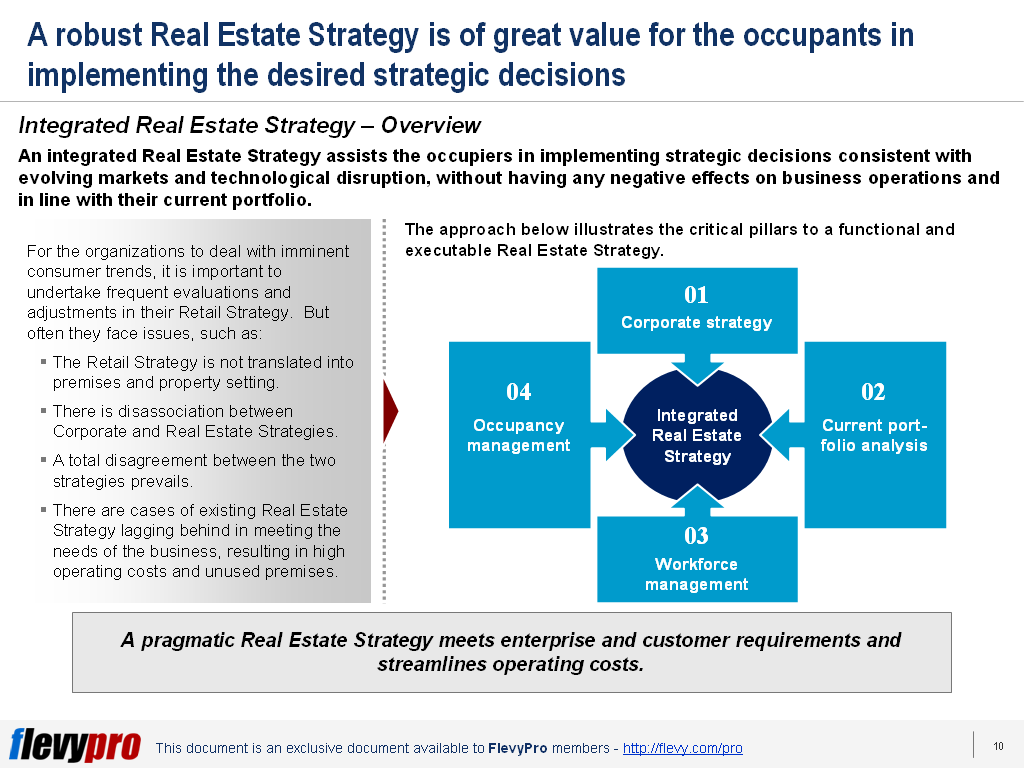Disruptive technologies are helping companies automate work. Robotic Process Automation and Artificial Intelligence are taking up jobs which were in the past earmarked only for smart humans. Driver-less cars, automated check-in kiosks at airports, and autopilots steering the aircrafts are just few instances of how automation is transforming our world.
However, automation presents unique challenges that organizations need to identify and mitigate appropriately. These include costs associated with job losses; confidentiality of data; quality and safety risks stemming from automated processes; and regulatory implications.
Other critical factors to consider before investing in automation are adoption, pace of development of automation, and readiness of organizational leadership in redefining processes and roles to support automation.
The key question is how automation will impact our work in future. Should we anticipate benefits — e.g., efficiency gains and quality of life improvements — or dread further disruption of established business and job cuts?
Research by McKinsey suggests that Robotic Process Automation will impact 4 workplace areas the most:
- Workplace Activities
- (Re)definition of Work
- High-wage Jobs
- Creativity and Meaning
Now, let’s discuss the first two key areas in further detail.
Workplace Activities
Research findings (based on the US labor market data) reveal that the future does not likely hold complete automation of individual jobs, but rather automation of certain activities within specific occupations. The assumption that only routine, codifiable activities can be easily automated — and those that necessitate implicit knowledge will be unaffected — is misleading. Automation has already reached (or surpassed) the median level of human performance in some cases.
Capital or hardware-intensive industries — under stringent regulatory control — are slow and expensive to automate and need more time to reap return on investments. Whereas, the sectors where automation is mostly software based (e.g., financial services) may create value at a far lower cost and within rather shorter span of time.
(Re)definition of Work
The current level of automation can potentially transform a number of occupations to a certain level, but it requires redefinition of job roles and activities. Research reveals that only about 5% of occupations can be completely automated with the current level of technology.
In spite of this, automation can boost human productivity even in the highest paid occupations by taking care of repetitive daily tasks — e.g., analyzing paperwork, reports, data and evaluating applications based on criteria — and freeing up time for people to focus more on high value work that involves human emotions and creativity.
For instance, Automation and Machine Learning can automate diagnosis of common ailments, thereby enabling the doctors to concentrate more on acute or complicated problems. Likewise, lawyers can employ data mining tools to sift through piles of documentation to isolate the most relevant cases for their review.
Interested in learning more about the other key areas most impacted by Robotic Process Automation? You can download an editable PowerPoint on Impact of Robotic Process Automation here on the Flevy documents marketplace.
Are you a Management Consultant?
You can download this and hundreds of other consulting frameworks and consulting training guides from the FlevyPro library.

 Digital-savvy startups are disrupting markets and threatening conventional businesses. They are doing this by utilizing technology to offer new products and services and providing tailored yet uncomplicated experiences for their customers.
Digital-savvy startups are disrupting markets and threatening conventional businesses. They are doing this by utilizing technology to offer new products and services and providing tailored yet uncomplicated experiences for their customers.





















